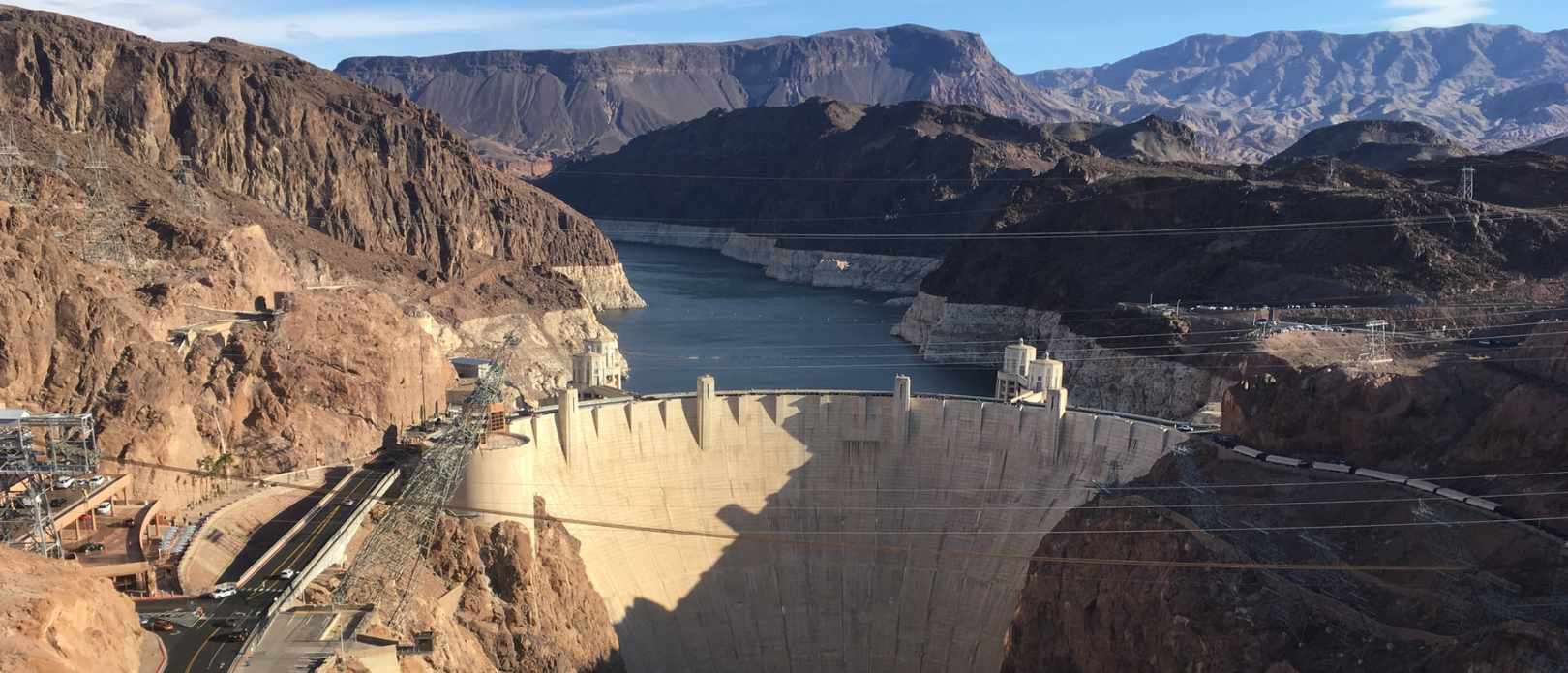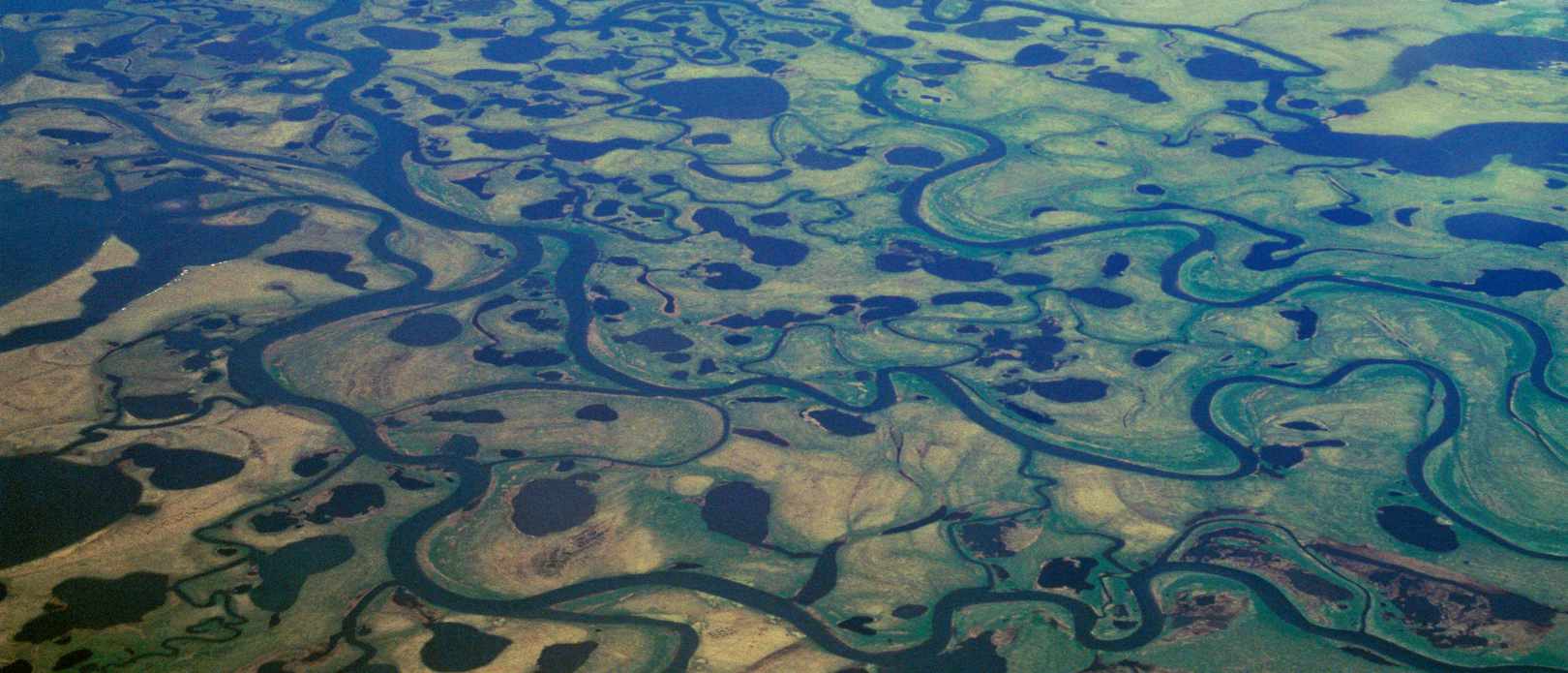Water and GOVERNANCE
A new approach for safeguarding our waters
Humans have changed the global water cycle and governmental bodies designed to govern water struggle to keep up. A new legal paradigm may help
- The scale of human impacts on the planet’s climate and ecological systems is altering the dynamics of the global water cycle
- Five features of this altered cycle that pose problems for meeting the ambitious targets of current water governance are discussed
- Combining the emerging “Earth system law” concept with existing policy and legal principles, the authors suggest an approach for addressing this
THE LAW OF THE LAND AND WATER: International water governance and legal efforts, like UN-Water and the EU Water Framework Directive, have not managed to keep up with the realities of how the global water cycle has been altered by human impacts.
This is the key take-away from a new paper authored by several centre researchers together with colleagues from Stockholm university, the Global Economic Dynamics and the Biosphere programme at at the Royal Swedish Academy of Sciences and Uppsala University.
One key problem is that most water governance institutions are aligned with administrative or watershed boundaries, whereas human impacts on the water cycle now increasingly occur across such borders.
Lan Wang-Erlandsson, co-author.
Five consequences
The article describes five ways changes to the global water cycle affect the way water is governed. These changes were first introduced by in a 2021 paper by Wang-Erlandsson and Malin Falkenmark:
1. Delay: One example is how the increased risk of fires in the Amazon rainforest due to a drier climate may not be manifested until the occurrence of an external disturbance, such as new policies that permit burning to clear land for pasture and planting.
2. Redistribution: For example, deforestation can significantly reduce the amount of moisture that recycles to the atmosphere and affect rainfall far from the area where trees were cut down – even in other countries.
3. Intertwinements: The water cycle is increasingly intertwined with everything from agricultural development and international trade to climate politics and economics.
4. Permanence: One example is how soil erosion often impact water functions that have high permanence in ways that increase the cost and feasibility of restoration, since soil regeneration can take decades to centuries.
5. Scale: A diversity of interrelated perturbations tend to degrade and destabilise hydrological systems at multiple scales, e.g. the construction of dams and reservoirs often impact downstream aquatic ecosystems and surrounding vegetation.
In order to deal with these problems and “strengthen the institutional fit” between established governance systems and the global water cycle the authors suggest a new approach based on the nascent “Earth system law” concept.
A new legal paradigm
In order to deal with these problems and “strengthen the institutional fit” between established governance systems and the global water cycle, the authors suggest a new approach based on the nascent “Earth system law” concept.
Earth system law is a legal paradigm and imaginary that aligns with, and responds to, all the Earth system’s complexities and the multi-disciplinary governance challenges arising from the no-analogue state in which the planet’s climate and biosphere currently operates.
"Applying an Earth system law perspective does not imply establishing one overarching global institution, rather it represents a perspective that can be incorporated into, and in support of, existing institutions to better inform decision-making at all levels of governance,” says Hanna Ahlström who together with Jacob Hileman led the project.

Illustration of the new paper’s approach for applying the emerging Earth system law to deal with global water problems in the “Anthropocene” (the age of humans).
Ahlström, H., Hileman, J., Wang-Erlandsson, L., Mancilla Garcia, M. et.al. 2022. An Earth system law perspective on governing social-hydrological systems in the Anthropocene. Earth System Governance, Volume 10, December 2021, 100120, https://doi.org/10.1016/j.esg.2021.100120








